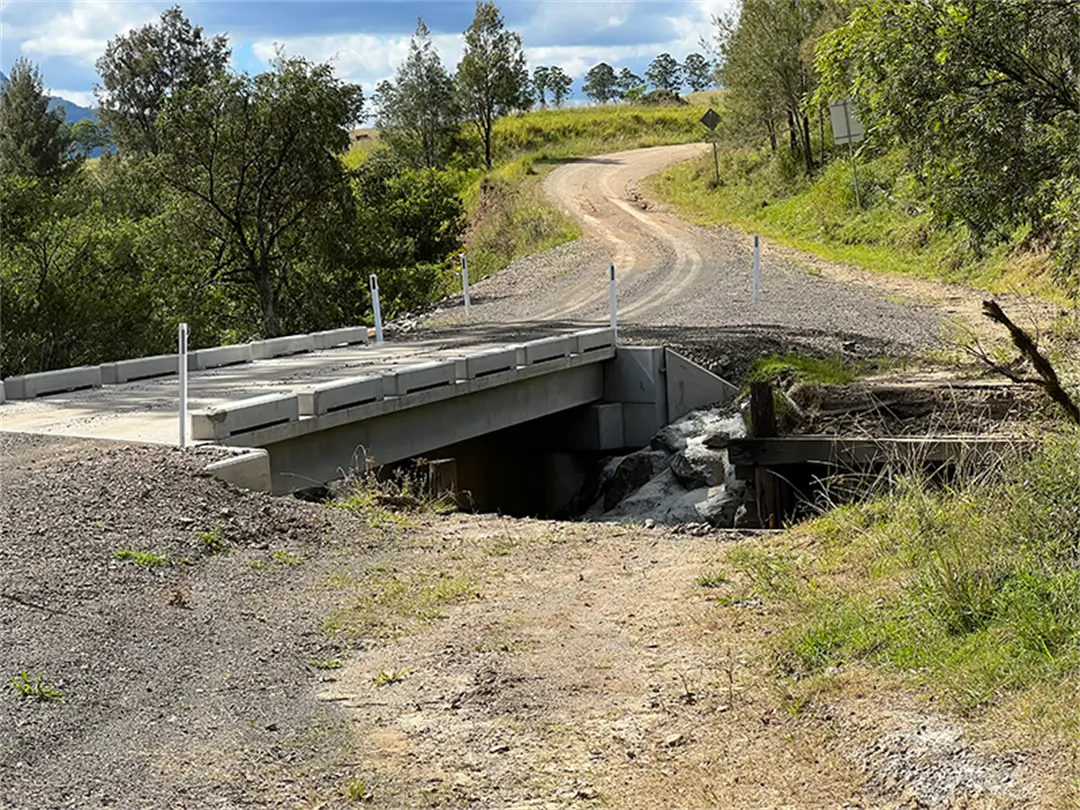
Introduction
The Bellwood Road and Bridge project, SR 0865-002, in Blair County, PA, encompassed the relocation of a rural roadway and the reconstruction of a bridge to enhance infrastructure and improve safety. This case study details the strategic use of Subsurface Utility Engineering (SUE) in the design of drainage facilities for the roadway portion, highlighting the importance of accurate utility mapping in infrastructure projects.
Project Overview
Early in the project's conception, preliminary information indicated the presence of a gas line on one side of the existing road and a waterline on the other side. The challenge was to accurately locate these utilities to determine the most feasible side for placing new drainage facilities. This decision was critical to minimize impact, reduce costs, and ensure the smooth execution of the project.
Methodologies Employed
Utility Mapping and Investigation
Quality Level B (QL-B) Investigation
Basic electro-magnetic equipment, including pipe and cable locators and metal detectors, was utilized for QL-B investigations. This approach allowed for the identification and mapping of existing utilities with a reasonable degree of accuracy, providing essential data for planning the relocation and construction work.
Quality Level A (QL-A) Investigation
For more precise utility location, the vacuum excavation method was employed at 15 different locations across the project site. QL-A investigations offer the highest level of accuracy by exposing and visually verifying the utilities' condition, size, and exact location.
Decision Making Based on SUE Results
The comprehensive SUE investigation provided valuable insights into the utility layout and constraints within the project area. Based on the findings, the decision was made to position the new drainage facilities on the side of the road where the waterline was located. This decision was influenced by several factors:
Less Impact Length: The chosen side of the road presented fewer conflicts with existing utilities, minimizing the need for extensive utility relocations.
More Room for Relocation: There was more available space on this side of the road, facilitating the construction of drainage facilities without significant alterations to the surrounding environment.
Department of Transportation Contractor Work: The positioning allowed for the department of transportation contractor to execute the work more efficiently, reducing complexities and coordination efforts with external utility companies.
Impact and Outcomes
The strategic use of SUE in the Bellwood Road and Bridge project underscored the importance of early and accurate utility detection in infrastructure projects. By identifying the optimal location for drainage facilities, the project team was able to avoid potential conflicts, reduce the project's impact on existing utilities, and streamline construction efforts.
Conclusion
The Bellwood Road and Bridge relocation and reconstruction project demonstrates the value of integrating SUE practices into the planning and design phases of infrastructure development. Through careful investigation and informed decision-making, the project achieved its objectives with minimal disruption to existing utility services, highlighting a successful approach to managing utility challenges in rural road and bridge projects.
